Idea by
Jeremy Kargon
http://www.jkargon-architect.com/
Call for ideas 2019
The Architects’ Falnama: Accounts from a Book of Omens
The Architects’ Falnama: Accounts from a Book of Omens

- New alliances
Leaders of 16th century Iran turned to illuminated books for predictions of success or failure. Tools of prognostication, these volumes were called “falnamas” and represented the unity of speculative with cosmological thinking – inspired by religion, in most cases, but also by politics and culture.
Today’s architecture embodies a contemporary cosmology based on social and spatial narratives. Future Architecture, furthermore, embodies speculation. Each Open Call project divines an alternative promise of architectural success... or failure. How can such architectural omens more effectively serve the world to come?
This project will create new texts for the purpose of architectural “bibliomancy,” the forecast of our environment’s future. Graphics culled from 6 Open Call projects will inspire new, accompanying narratives. Taken together, these stories will focus readers’ attention upon the shared ethos of Future Architecture and the liberating spirit of speculation itself.

Traditional Falnama folios juxtaposed images with written auguries, set on a different page. Scriptural text might be integrated with imagery. Falnama illustrations often included abstracted architectural elements that may or may not have been allegorical.
Source: “Alexander Builds a Wall against Gog and Magog,” Topkapı Persian Falnama, 16th century. From Massumeh Farhad and Serpil Bağci, Falnama: The Book of Omens (Washington: Smithsonian Institution, 2009), 34 and 274

Exploring suitable candidates for inclusion in The Architects’ Falnama would be part of the writing process. All uploaded “Future Architecture” projects would be considered.
Examples of possible candidates are (left) “Punk, by Mark Harris, and (right) “Perdido,” by Julio Gotor Valcárcel.
http://futurearchitectureplatform.org/projects/fab7e4d0-c1ac-4951-a162-f12e9802ef6b/
http://futurearchitectureplatform.org/projects/88db3266-c2f2-4993-b81b-85c73cc8ccd3/
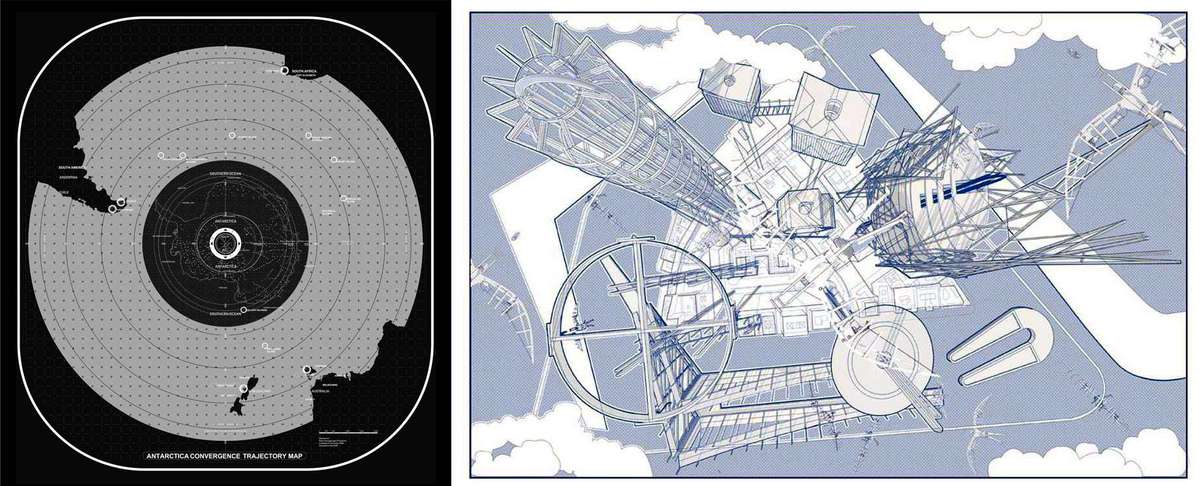
Other candidates for inclusion in The Architects’ Falnama might be (left) “Cross South,” by Anhelina Livia Starkova, and (right) “Performing a Language,” by Olympia Katsarou.
http://futurearchitectureplatform.org/projects/b6425913-f436-446c-8cbc-0ef18d8c5631/
http://futurearchitectureplatform.org/projects/0b8f5661-daf8-4533-ab08-118ec2a1c0d4/
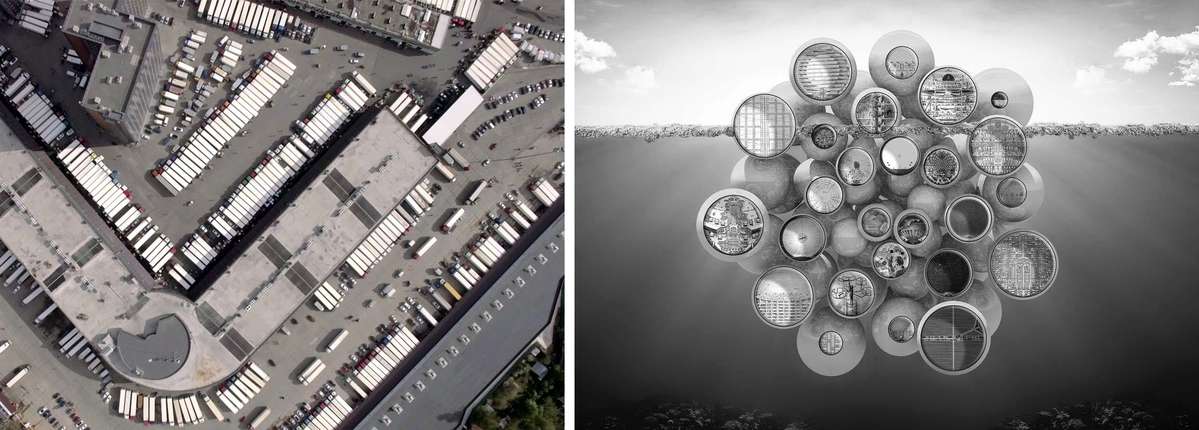
Candidates for inclusion in The Architects’ Falnama may be also (left) “Shift,” by Dorrer, Alferov, Röing Baer, and Lavista; and (right) “Artificial Islands in the Capitalocene,” by Victor Sardenberg.
http://futurearchitectureplatform.org/projects/e7a9d3cc-fdcb-4c94-91dd-3753e828252c/
http://futurearchitectureplatform.org/projects/67f351ae-7a58-4be8-927e-90e474222a0d/

Imagery in "The Architect's Falnama" might be elliptical or verbose, esoteric or provocatively direct. The written counterpart of these images will surely be no different.
The Architects’ Falnama: Accounts from a Book of Omens
The Architects’ Falnama: Accounts from a Book of Omens

- New alliances
Leaders of 16th century Iran turned to illuminated books for predictions of success or failure. Tools of prognostication, these volumes were called “falnamas” and represented the unity of speculative with cosmological thinking – inspired by religion, in most cases, but also by politics and culture.
Today’s architecture embodies a contemporary cosmology based on social and spatial narratives. Future Architecture, furthermore, embodies speculation. Each Open Call project divines an alternative promise of architectural success... or failure. How can such architectural omens more effectively serve the world to come?
This project will create new texts for the purpose of architectural “bibliomancy,” the forecast of our environment’s future. Graphics culled from 6 Open Call projects will inspire new, accompanying narratives. Taken together, these stories will focus readers’ attention upon the shared ethos of Future Architecture and the liberating spirit of speculation itself.
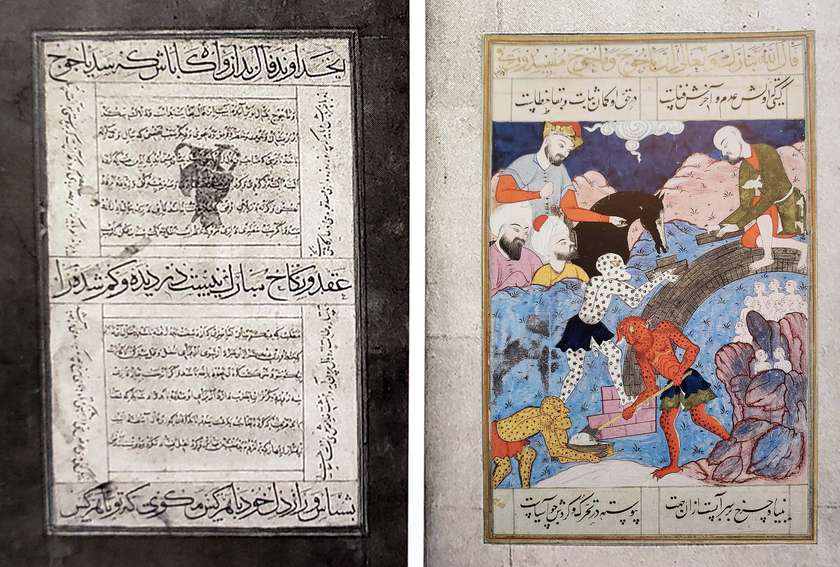
Traditional Falnama folios juxtaposed images with written auguries, set on a different page. Scriptural text might be integrated with imagery. Falnama illustrations often included abstracted architectural elements that may or may not have been allegorical.
Source: “Alexander Builds a Wall against Gog and Magog,” Topkapı Persian Falnama, 16th century. From Massumeh Farhad and Serpil Bağci, Falnama: The Book of Omens (Washington: Smithsonian Institution, 2009), 34 and 274

Exploring suitable candidates for inclusion in The Architects’ Falnama would be part of the writing process. All uploaded “Future Architecture” projects would be considered.
Examples of possible candidates are (left) “Punk, by Mark Harris, and (right) “Perdido,” by Julio Gotor Valcárcel.
http://futurearchitectureplatform.org/projects/fab7e4d0-c1ac-4951-a162-f12e9802ef6b/
http://futurearchitectureplatform.org/projects/88db3266-c2f2-4993-b81b-85c73cc8ccd3/
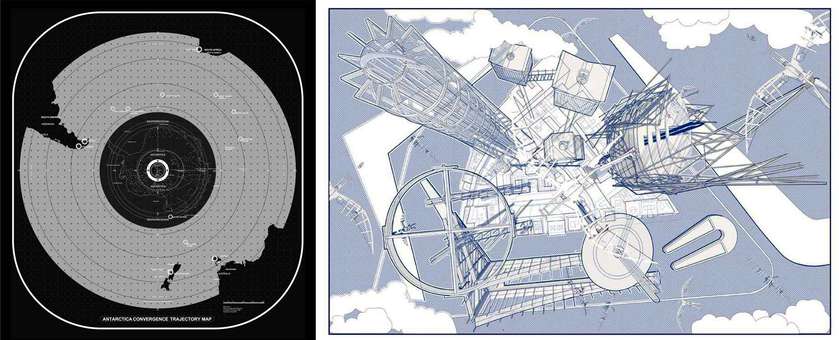
Other candidates for inclusion in The Architects’ Falnama might be (left) “Cross South,” by Anhelina Livia Starkova, and (right) “Performing a Language,” by Olympia Katsarou.
http://futurearchitectureplatform.org/projects/b6425913-f436-446c-8cbc-0ef18d8c5631/
http://futurearchitectureplatform.org/projects/0b8f5661-daf8-4533-ab08-118ec2a1c0d4/

Candidates for inclusion in The Architects’ Falnama may be also (left) “Shift,” by Dorrer, Alferov, Röing Baer, and Lavista; and (right) “Artificial Islands in the Capitalocene,” by Victor Sardenberg.
http://futurearchitectureplatform.org/projects/e7a9d3cc-fdcb-4c94-91dd-3753e828252c/
http://futurearchitectureplatform.org/projects/67f351ae-7a58-4be8-927e-90e474222a0d/
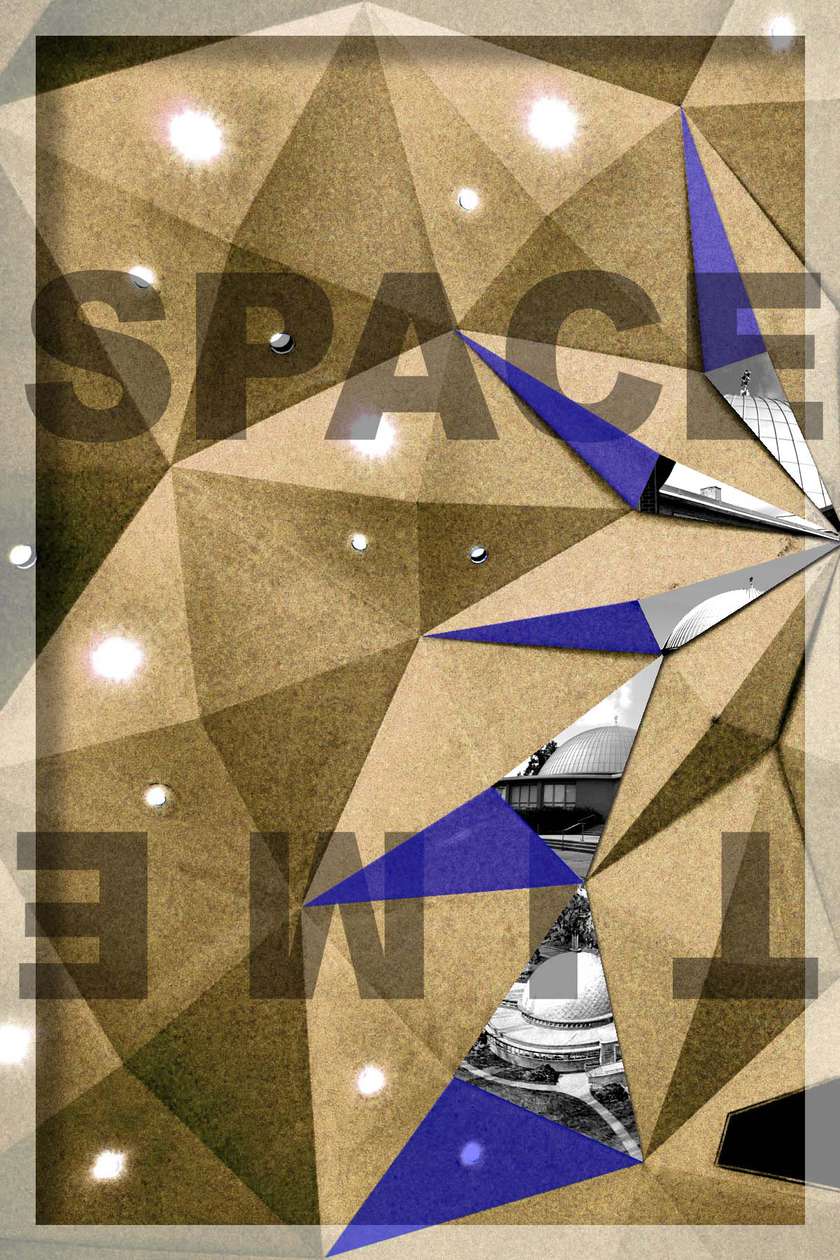
Imagery in "The Architect's Falnama" might be elliptical or verbose, esoteric or provocatively direct. The written counterpart of these images will surely be no different.